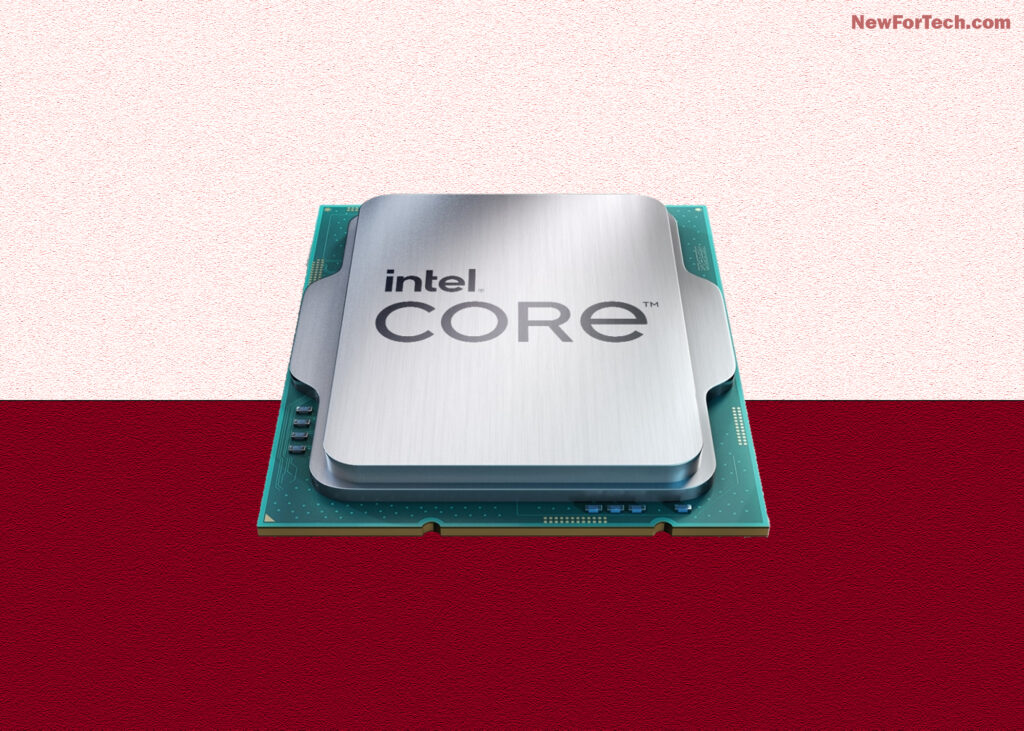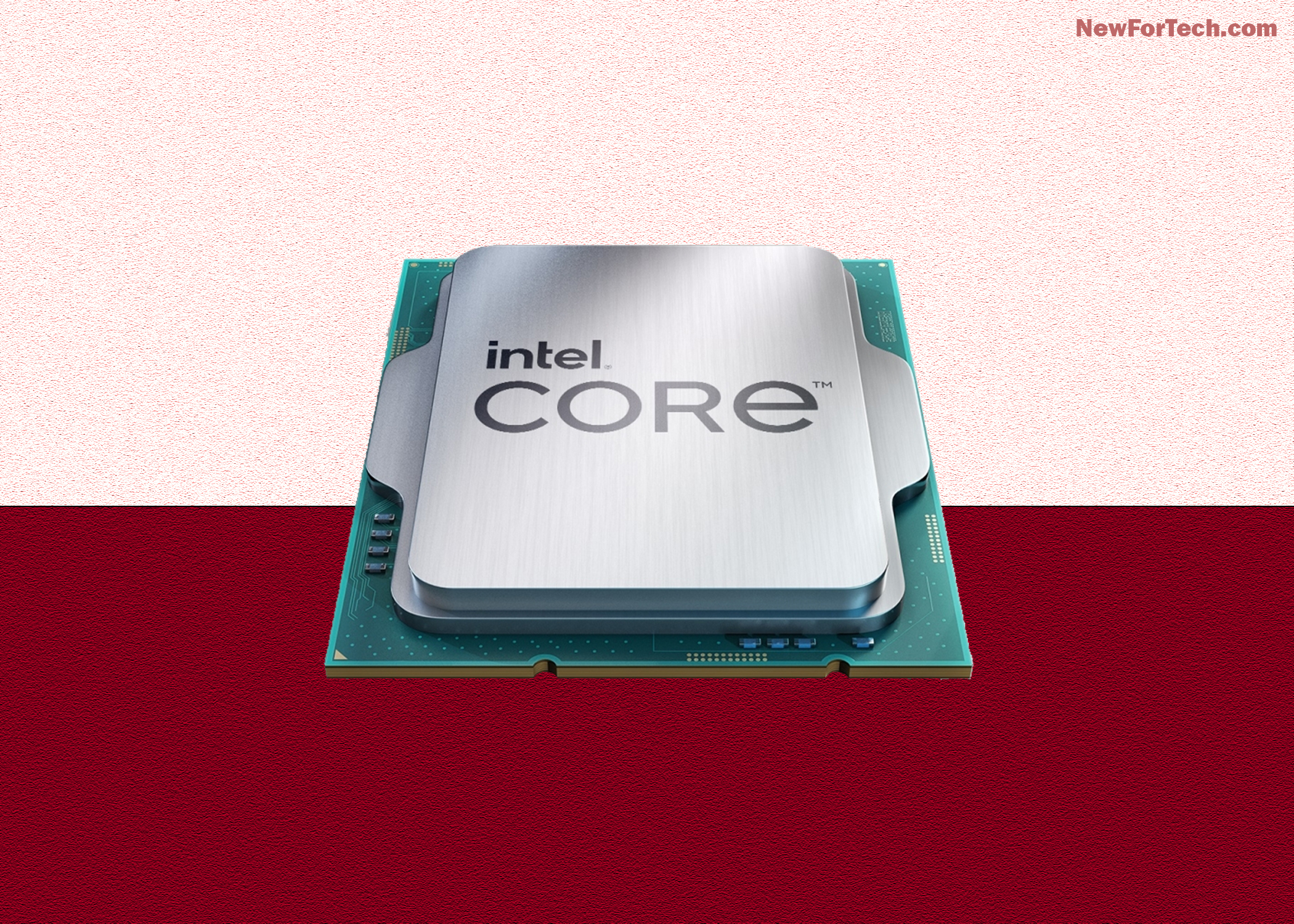Intel’s upcoming Arrow Lake processors, anticipated within a year, recently faced leaks unveiling details about their integrated graphics. Coelacanth Dream, a reputable source, highlighted that these processors would feature Xe-LPG Plus graphics, an enhanced version of the Alchemist GPUs.
This advancement promises superior performance compared to the current-gen Xe-LPG found in Meteor Lake, set to release in a few weeks. Notably, Intel introduces XMX support, denoting eXtended Matrix eXtensions. This addition is geared towards optimizing AI workloads, including the much-anticipated XeSS, Intel’s answer to upscaling in gaming, rivaling Nvidia’s DLSS and AMD’s FSR.
These revelations, extracted from Intel Graphics Compiler patches, suggest a noteworthy evolution in integrated graphics capabilities.

Enhanced Gaming Experience with Arrow Lake CPUs
In the realm of gaming laptops, a power boost is on the horizon. Notably, XeSS seamlessly collaborates with Xe-LPG (Meteor Lake) integrated graphics, albeit with a slight performance dip. XMX, while not mandatory for XeSS upscaling, proves immensely beneficial for achieving optimal smoothness.
As we delve into the realm of robust Arrow Lake CPUs designed for budget-friendly gaming laptops devoid of a dedicated graphics card, a subtle but valuable enhancement awaits. This feature adds a touch of flair to supported games, much like DLSS, requiring specific coding for XeSS integration.
Intel’s commitment to adhering to its roadmap remains steadfast, ensuring the timely arrival of Arrow Lake in 2024. The urgency stems from AMD’s potential early release of next-gen Zen 5 CPUs, including promising APUs for laptops. Intel strives for a prompt introduction, aware of the competitive landscape.

